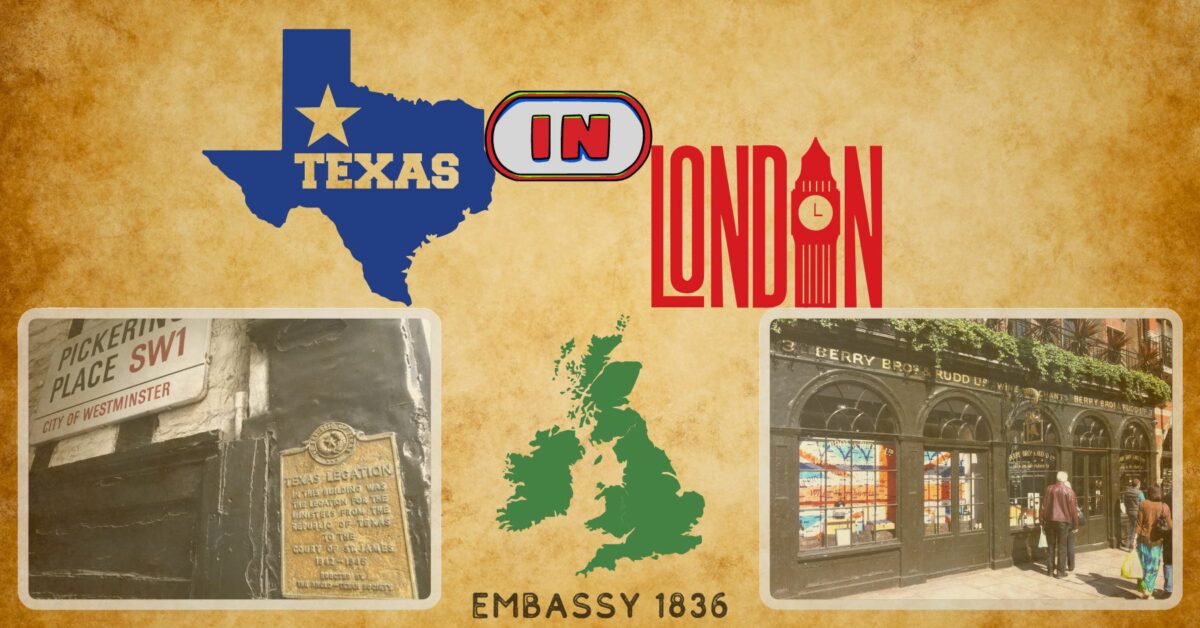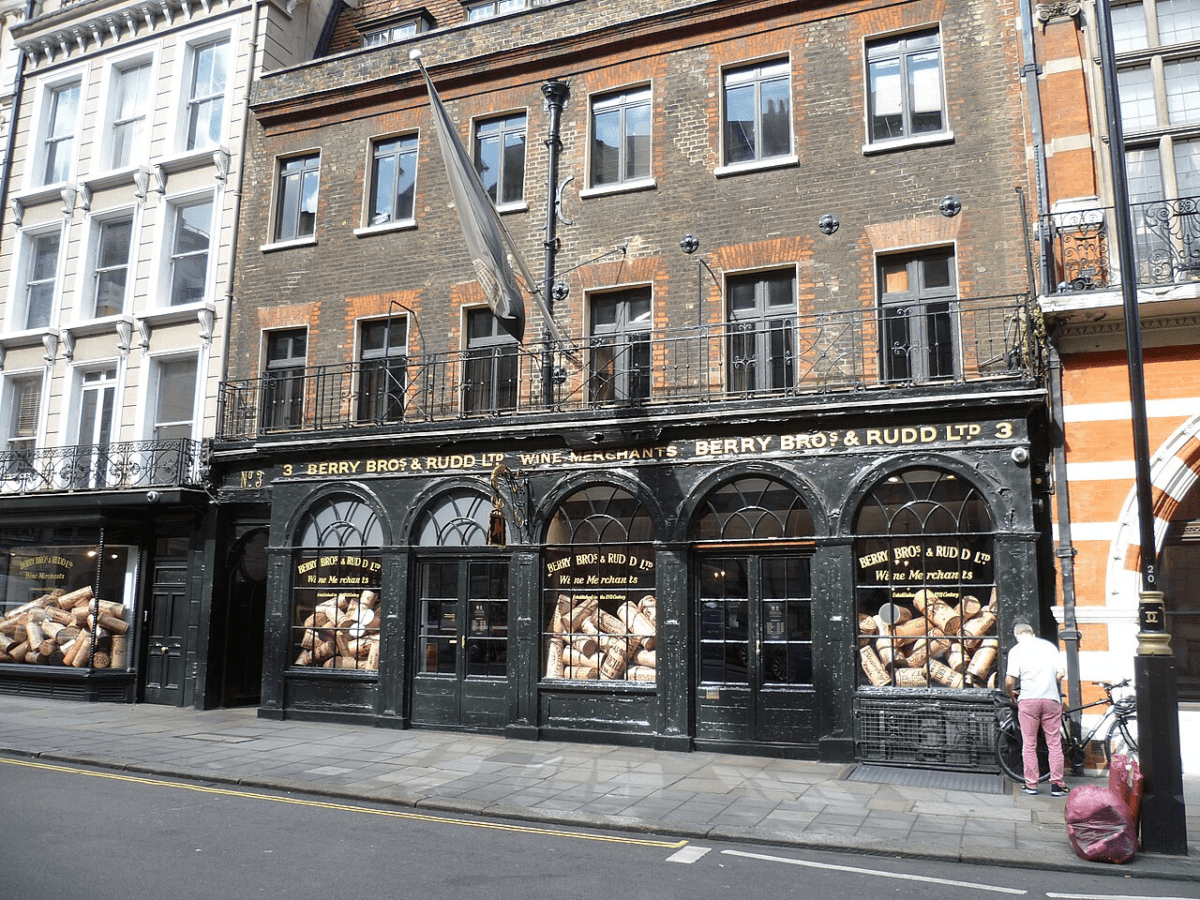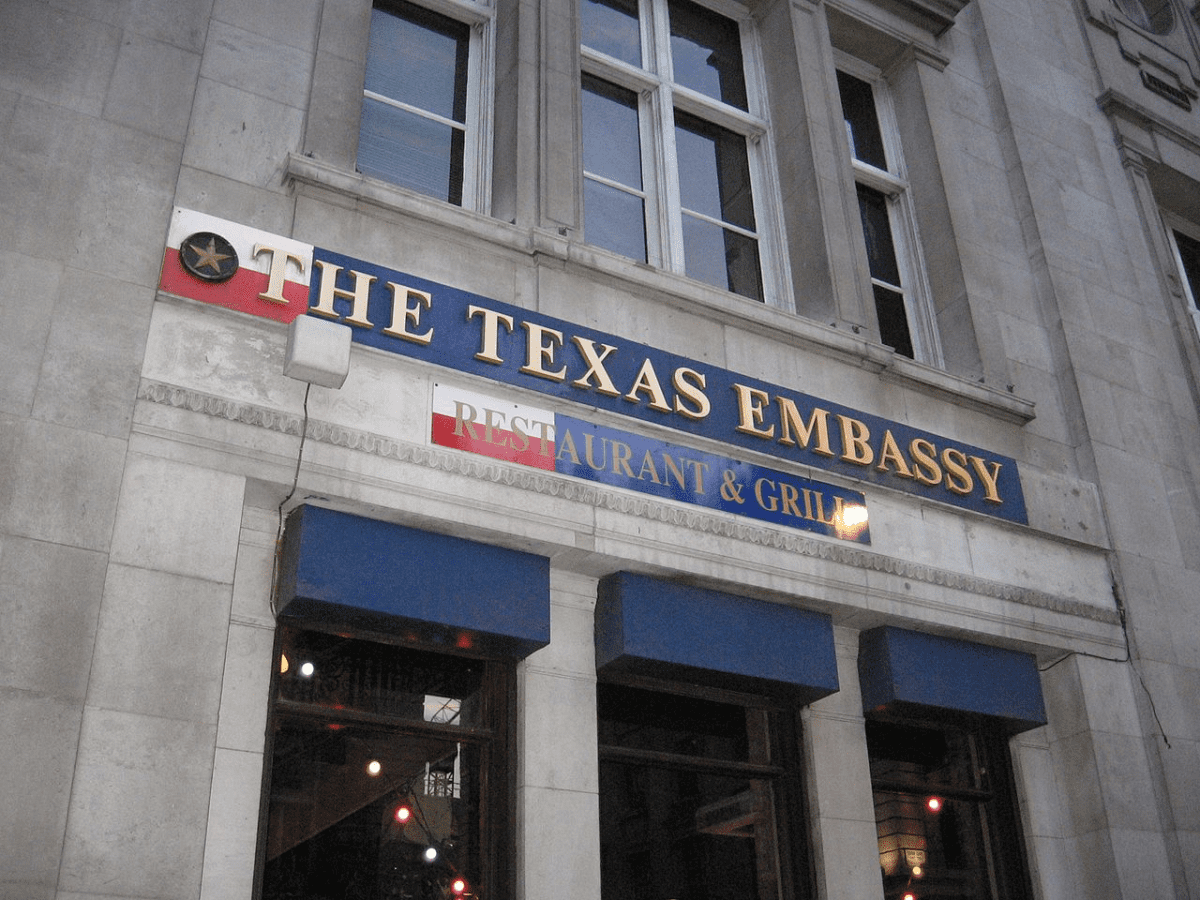Share the post "Texas Embassy in London: Legacy of the Lone Star Republic!"
We love national histories, and the Texas Embassy in London is unique. Texas had its own embassies, including one in London, from 1836 to 1846, when it was an independent republic. The idea that Texas’s sizable, cowboy-associated state once engaged in diplomatic efforts across the Atlantic fascinates students of Texas and British history.
Imagine discovering the Embassy of the Republic of Texas’ plaque in London’s historic alleys. It’s easy to imagine 19th-century diplomats forging alliances, seeking recognition, and possibly encountering the same London fog we do. The Texas Legation building still stands, a reminder of Texas’s brief but eventful independence.
This history shows the Republic of Texas’s ambitions and attempts to establish itself among established powers. Let’s explore the extraordinary story of a fledgling republic and its London embassy that tried to project its Lone Star across the seas.

Historical Significance of the Texas Embassy in London
From 1836 to 1846, Texas established embassies to gain international support. The Texas embassy in London was notable because it shows our past as a sovereign state seeking global recognition.
- March 2, 1836, was the date when Texas declared independence from Mexico.
- February 19, 1846: Date when Texas was annexed to the United States.
London presence was strategic to gain European allies, leveraging the UK’s global influence. The Texas Embassy in London represented our desire for legitimacy and support against threats, especially from Mexico, which considered Texas a renegade territory.

Located near St. James’s Palace symbolized stability and trade potential, not just politics. Our leaders, including President Sam Houston, recognized the need for alliances. They wanted us to defend ourselves and form lasting partnerships with powerful nations.
The Texas Legations also included Washington, D.C., and Paris, showing that our young nation was building solid relations across the Atlantic. From 1842 to 1845, the London embassy was at the center of British political theater, giving us a platform to assert our identity and seek political and economic support.
The Texas Embassy in London still shows itself as unique history as a nation that once managed its affairs alongside the world’s great powers.

Key Events During the Texas Republic Era
As an independent nation, we gained recognition, engaged in important talks, and created cultural exchanges that left an indelible mark.
Recognition of the Texas Republic
We reveled in our diplomatic victories when major powers acknowledged our independence. Critical acknowledgments came from the United States, France, and Great Britain, signaling a new era of international relations for us.

Negotiations and treaties
Our representatives worked on securing treaties that would stabilize our position globally. Agreements like the Treaties of Velasco were pivotal, despite their later contestation, and negotiations in London were significant for our protection and trade.
Cultural Exchanges
The Republic of Texas not only excelled in politics but also in cultural diplomacy. Our embassy above the historic Berry Brothers & Rudd in London was a hub for deepening connections and sharing our unique Texan heritage with the world.

The Texas Embassy Building and Location
We’re excited to take you on a historical journey to one of London’s lesser-known but fascinating locations. This site once housed the Texas Embassy when the Republic of Texas was independent.
Architectural Features
The building that once served as the Texas Embassy is steeped in architectural significance, with period features that speak to its historical importance. Just imagine we’re walking through the same spaces where Texas diplomats negotiated on behalf of their nation.
Historic Landmark Status
Berry Brothers & Rudd, the prestigious wine merchants, is the location of much interest, as it directly relates to Texas’s diplomatic history. The Texas Legation operated from 1842 until 1845 in that unassuming yet distinguished space. The Texas Legation worked from 1842 until 1845. Today, a plaque marks the site, commemorating the building’s historic role as an embassy for the once-sovereign Republic of Texas.

Unpaid Rent
A quirky historical anecdote says that the Texan envoys, upon leaving the legation at 4 St. James’s Street in London, reportedly forgot to pay their rent. The unpaid rent bill was said to have been left outstanding for over a century. This detail adds a humorous note to the history of the Texas Legation in London.
Texas Embassies Around The World
During the existence of the Republic of Texas from 1836 to 1846, Texas had a limited number of diplomatic missions around the world. The Republic established legations (the equivalent of embassies for a non-sovereign entity) in a few key locations, primarily to seek recognition and support for its independence from Mexico and to establish trade relations. The most notable Texas legations were:
- United States: Texas had an embassy in Washington, D.C., to maintain relations with the United States, which was the first country to recognize the Republic of Texas.
- United Kingdom: The Texas Legation in London was established to secure British recognition and support.
- France: Texas also had a legation in Paris, as France was one of the first European countries to recognize Texas’s independence.
- Belgium: Texas is known to have established a diplomatic mission in Belgium, seeking to expand its European ties.
These legations were crucial in the efforts of the Republic of Texas to secure its international standing and to negotiate trade and military agreements. After Texas was annexed by the United States in 1846, these legations were closed as Texas became a state and no longer required its own foreign diplomatic missions.
Share the post "Texas Embassy in London: Legacy of the Lone Star Republic!"
Christian Linden is a seasoned writer and contributor at Texas View, specializing in topics that resonate with the Texan community. With over a decade of experience in journalism, Christian brings a wealth of knowledge in local politics, culture, and lifestyle. He holds a Bachelor's degree in Communications from the University of Texas. When he's not writing, Christian enjoys spending weekends traveling across Texas with his family, exploring everything from bustling cities to serene landscapes.











